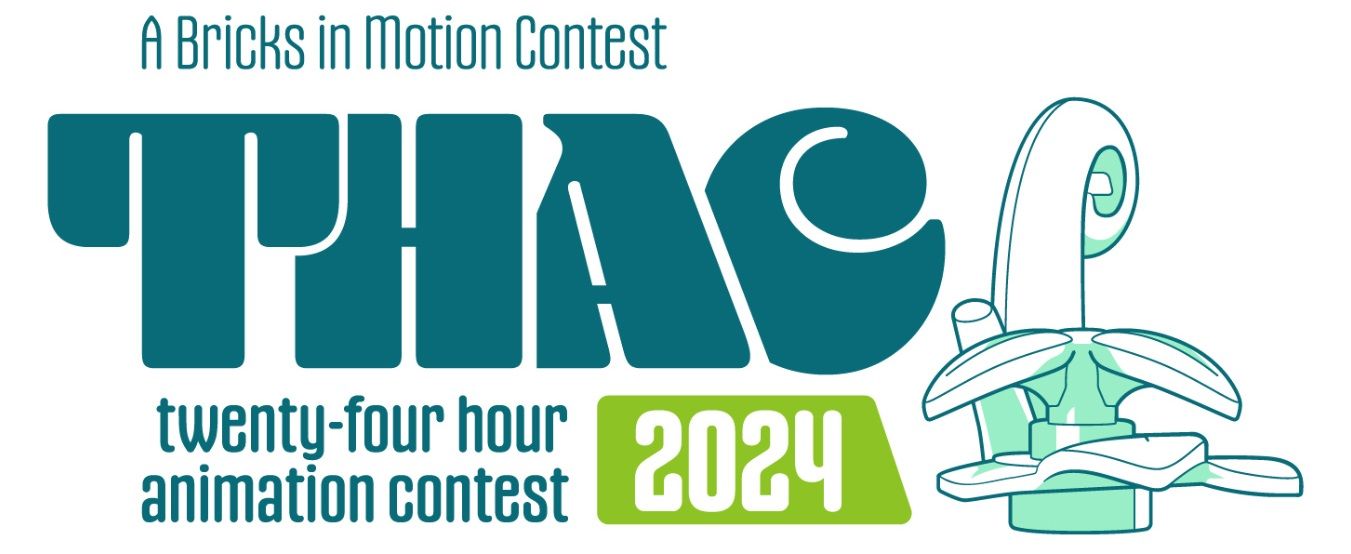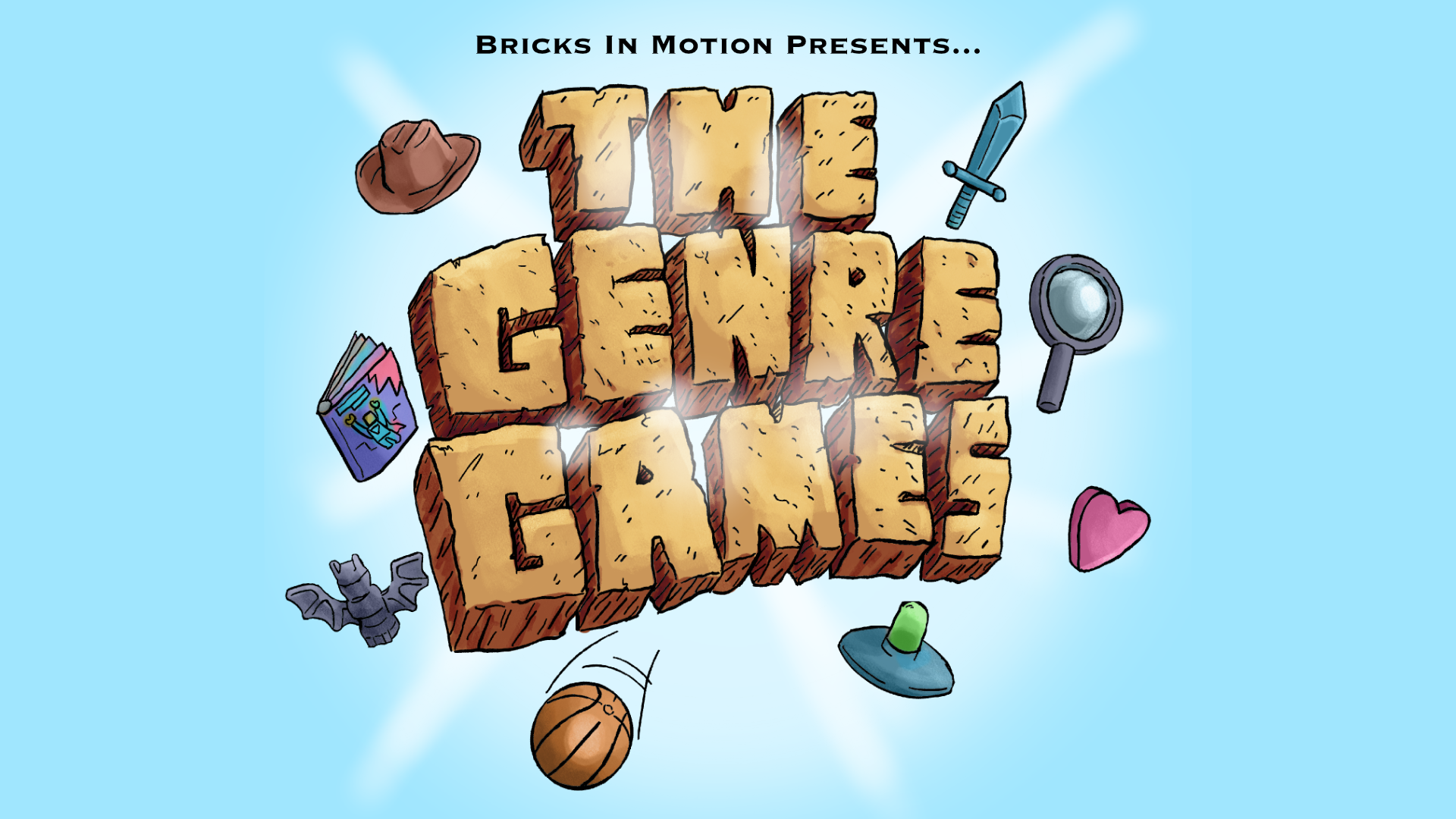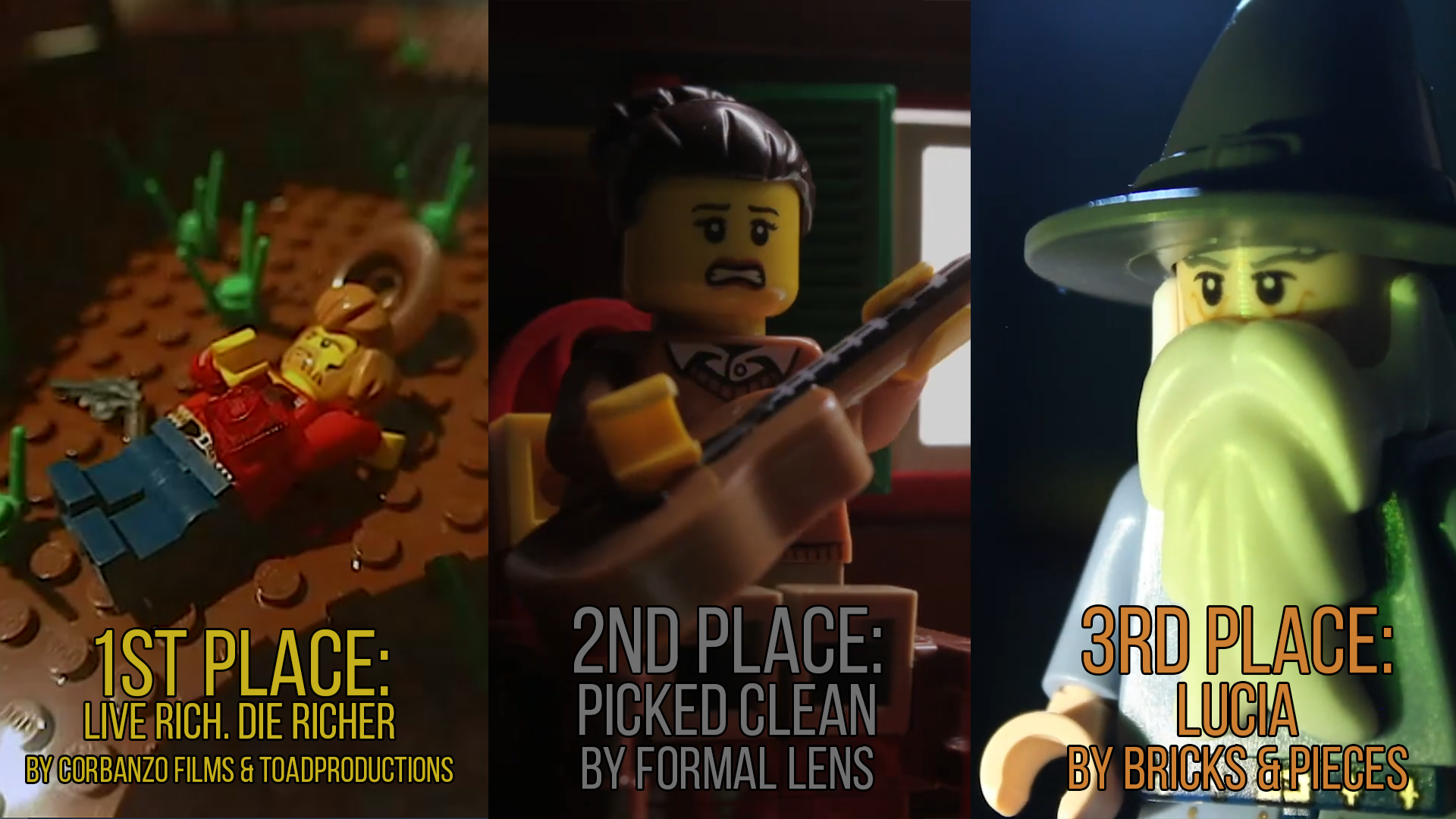In my opinion, to get natural light, don't use all one color lamps. I use 2 white and 1 yellow bulb, because i gives a great depth for the color. I make the yellow more obvious in outdoor scenes, and less in indoor scenes. Try the Three-point lighting setup. Always notice where the light is coming from. Lighting is a tricky thing, but it is one of the most important. (For SlothPaladin, it's the most important thing!  ) If done right, it can make your film so much better. If done incorrectly, it could lead to a dull film with little life to it (or disastrous consequences if you want to be dramatic about it
) If done right, it can make your film so much better. If done incorrectly, it could lead to a dull film with little life to it (or disastrous consequences if you want to be dramatic about it  ). You have to put thought and effort into lighting.
). You have to put thought and effort into lighting.
1. Reduce light flicker? Check your lens. Nikon lenses have issues with light flicker because the aperture does not close the exact same amount for every picture. Light flicker can happen because of shadows, so be careful you're not casting a shadow on your set. It can also be because of external light sources, so close your windows and turn off your main room lights. As for the white-blue colors, use a bluer white-balance, and use whiter lights instead of yellow ones. If all you have is yellow bulbs, then try setting your white balance even more blue to counteract the yellow.
2. Integrate your lights into the set. You are using desk lamps right? If so, you can bend them to change the light direction. Think about where the light is coming from. For an inside shot, make sure the lights come from the ceiling, if the house has ceiling lights. If a lamp is on in the corner of a room and that's all, put a spot light right over the lamp to make it appear that the light is emitting from the lamp. (You can also use a fill-light to fill in dark shadows, but don't point it directly at the set, instead, use bounce lighting for that by pointing the lamp at a wall or the ceiling or a piece of posterboard). For light coming in a window, place your light outside of the house, and either point it directly in the window (for harsh light), or point it outside like the sun would (at an angle, pointed at the ground).
3. To completely obliterate light flicker, find the source. Like I said earlier, it could be a shadow, natural light from a window, your camera, your lamps. There are all kinds of reasons for light flicker. The most common one is camera settings. Make sure you set everything (and I do mean everything) to manual settings. White balance, exposure, ISO, focus, everything. Check your lamps to make sure they are not flickering. Make sure you wear black so you don't reflect any light onto the set. Close your windows, turn off the other lights in the room, dim your computer monitor. If there is continuous light flicker even after all this, you can remove it in post using VirtualDub (see a tutorial here.
I hope I could help you today. Obviously, I am no expert, but I have been down this road before. 
EDIT: One think I wanted to mention, but didn't fit in with any of the questions, was a rim-light. A rim light is not in the 3-point lighting setup, rather, it's in the 4-point setup, but it adds depth to your characters and separates them from the background. I like to do them also because it can make an awesome lens flare at the same time. Basically to do a rim-light, you point a light at an angle behind the character, or set, or whatever, so it points at your camera and makes a rim of light on the edges of your minifigs.
Last edited by rioforce (January 5, 2015 (07:54pm))
YouTube • Website "Whatever you do, do all to the glory of God." - 1 Corinthians 10:31b
"Whatever you do, do all to the glory of God." - 1 Corinthians 10:31b










